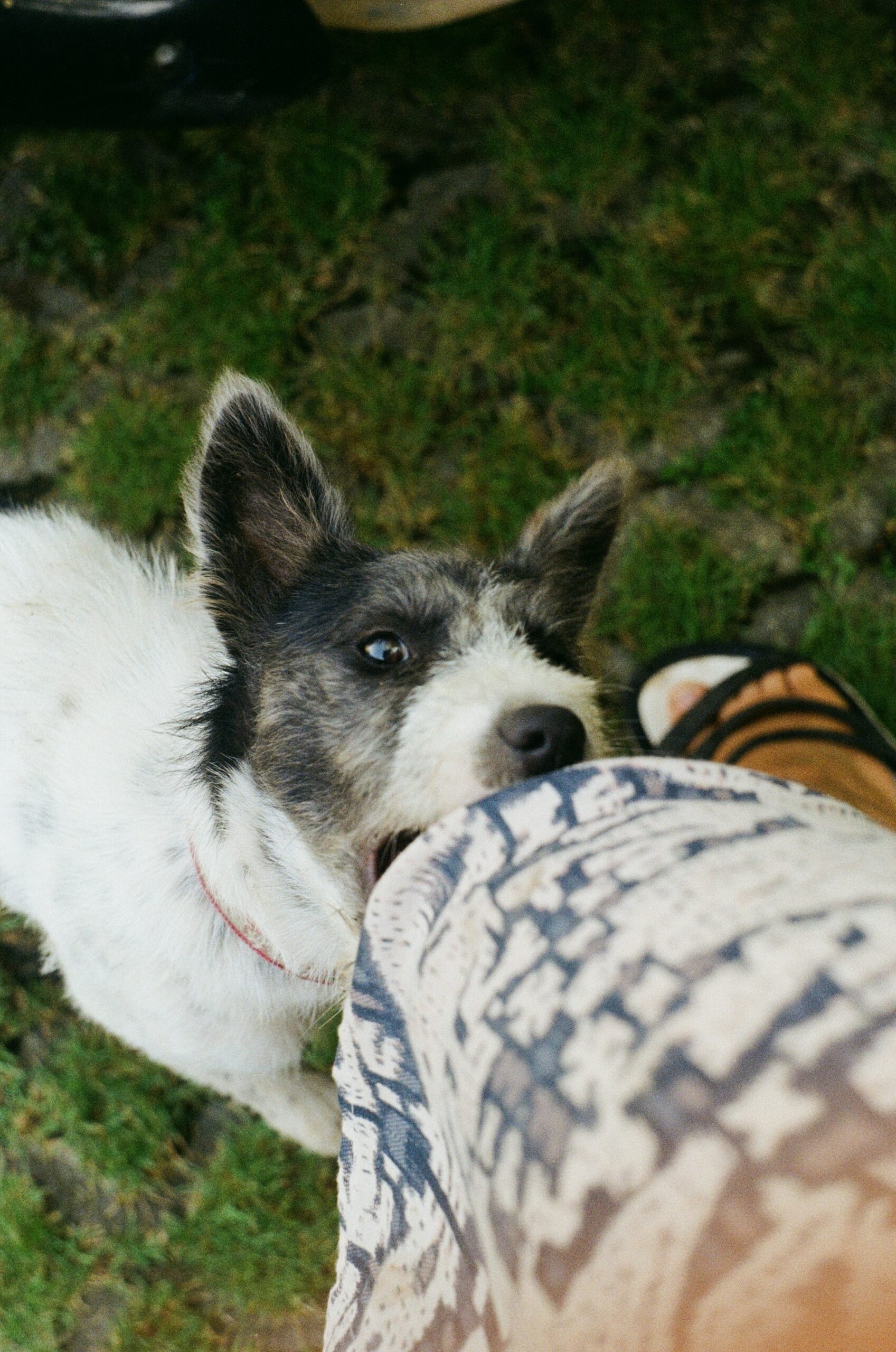Dealing with a dog that bites strangers can be difficult and frustrating. It’s important to take immediate steps to protect both your dog and the victim. There are a few things you can do to help manage the behavior and keep everyone safe. Here’s what you should do:
1. Contact the Right People
After your dog has been restrained and the person checked on, contact your insurance company to report the incident and find out what steps they recommend you take next. Ensure you give your insurance information to the victim and, above anything else, that you’ve helped the person as best as possible while keeping your dog far away.
Unfortunately, when your dog bites, you need also to contact your local animal control or police department. You will need to provide them with your contact information, as well as the contact information of the person who was bitten. They will likely want to speak with both you and the victim to determine what happened and whether or not the dog needs to be quarantined. If you’re concerned your dog won’t be treated fairly, or the situation requires more delicate handling, reach out to Denver court reporters (or another court near you) and get some additional advice.
2. Cooperate With Any Investigation Into the Incident
If your dog bites someone, it’s vital to cooperate with any investigations that may be conducted. The first step is to provide the victim with any information they may need, such as your contact information and your dog’s vaccination records. You should also be prepared to answer questions about your dog’s behavior and history. If the victim wants to press charges, you will need to work with law enforcement and the court system to ensure that justice is served.
3. Get to the Bottom of the Behavior
First, it’s important to try to figure out why your dog is biting. Is he feeling threatened or scared? Also, were there warning signs before he bit? Does he perceive the person as a threat to his pack? Once you know the reason behind the biting, you can start to work on management and training strategies. For example, if your dog is feeling scared or threatened, you can work on building his confidence with positive reinforcement training. If he perceives the person as a threat to his pack, you’ll need to work on obedience training and teaching him that people are not a threat. Either way, it’s important to seek professional help from a qualified trainer or behaviorist to ensure that everyone stays safe and your dog can learn to control his biting impulses.
If your dog is simply fearful or anxious around strangers, socialization training can be very helpful. This involves gradually exposing your dog to new people in a positive way so that he learns to associate them with good things like treats and praise. If your dog is aggressive, you’ll need to take a more cautious approach to socialization and work with a professional to ensure that everyone stays safe. Take steps to prevent future incidents, such as keeping your dog restrained or supervised at all times and attending training classes to work on obedience.
In the meantime, it’s important to keep your dog away from situations where he might bite someone. This means not letting him greet people at the door, not taking him on walks in busy areas, and keeping him away from children and other animals. If you can’t avoid these situations, make sure to keep your dog on a leash and under strict control at all times.
Final Thoughts
Remember, even if your dog has never shown aggression before, any dog can bite if they feel scared or threatened. It’s important to be proactive about preventing bites by managing your dog’s environment and teaching him how to behave around people. By taking these steps, you can help protect both your dog and the victim of the bite.
photo credit: https://unsplash.com/photos/PE69hOLm8H4
Love our content? Share it with a friend or link it to social media. Like short clips of cute household pets? Training tips? Follow us on instagram @nydognanny or on YouTube at nydognanny. Have some news you needs to get to dog and cat parents stat? Email info@newyorkdognanny.com with your article pitch.




